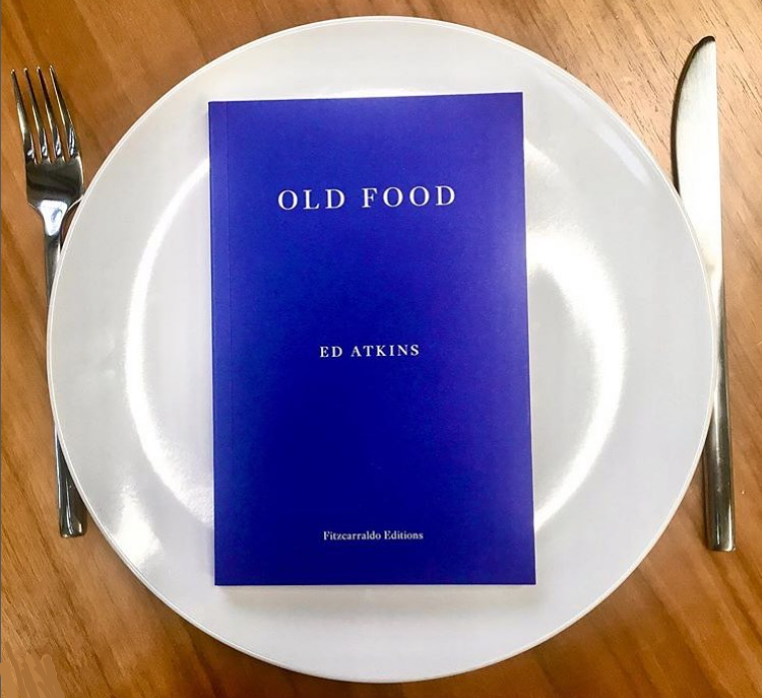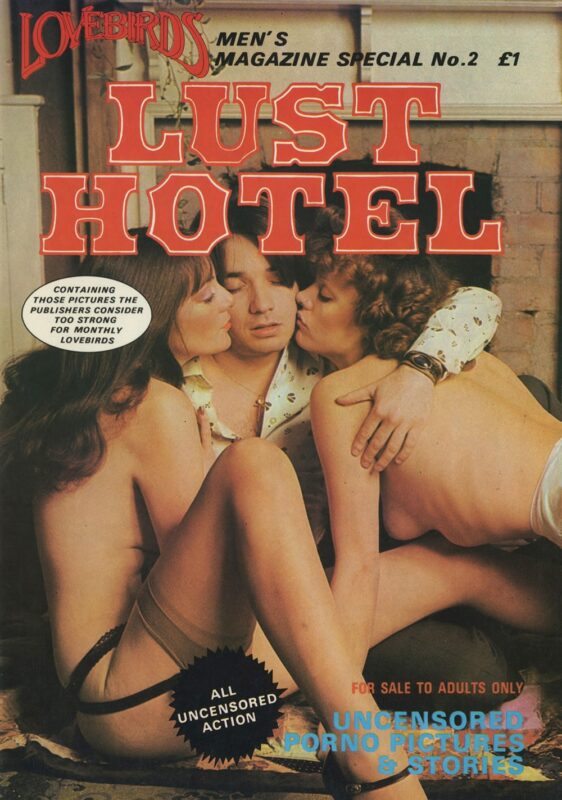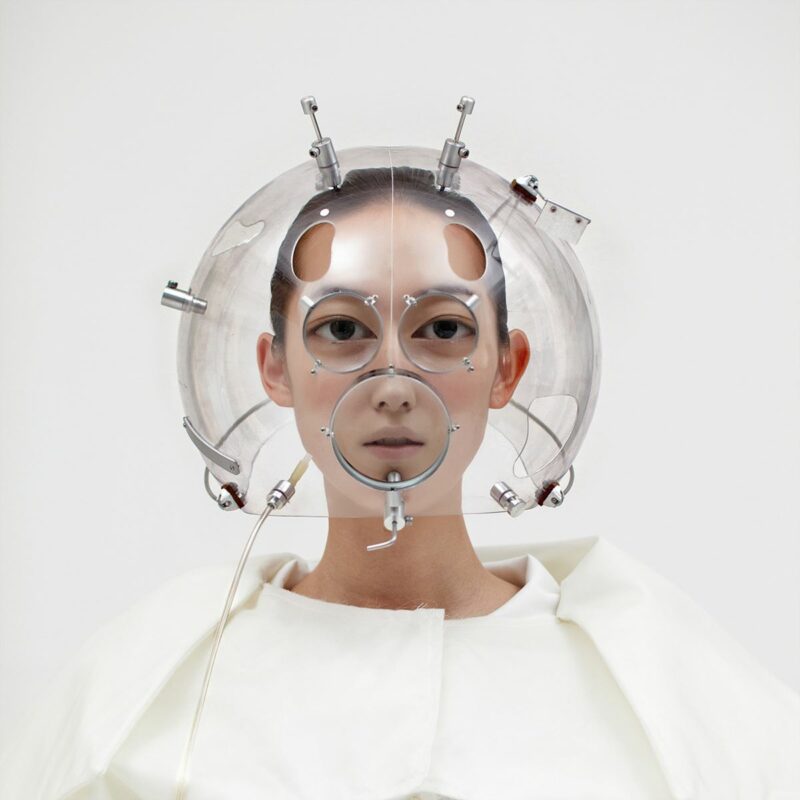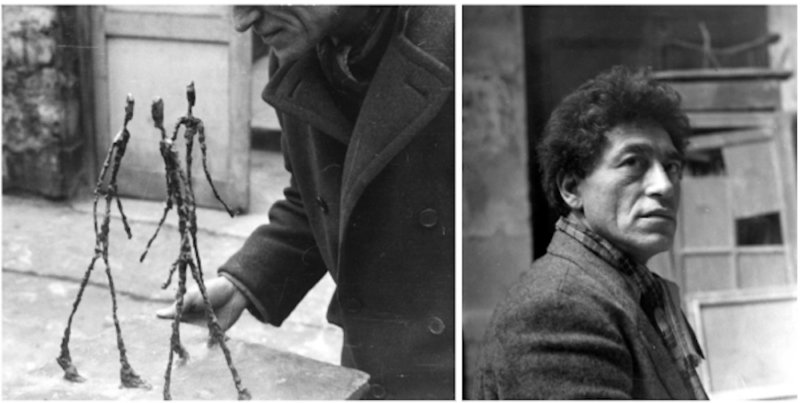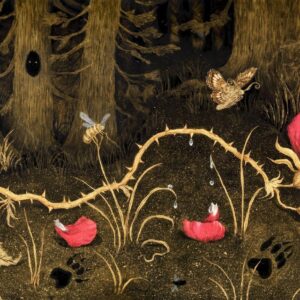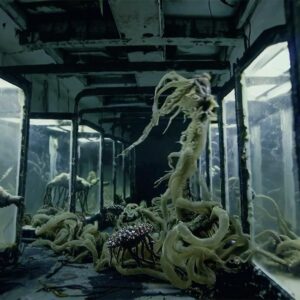With Beau Geste Press, Lynda Benglis, Kévin Blinderman : masternantes, Pauline Boudry / Renate Lorenz, Jean-Louis Brau & Claude Palmer, Monte Cazazza, Chris & Cosey, COUM Transmissions, Vaginal Davis, Brice Dellsperger, Casey Jane Ellison, Harun Farocki, Karen Finley, Brion Gysin, Hendrik Hegray, Her Noise Archive, Robert Morris, Ebecho Muslimova, Meret Oppenheim, Pedro, Muriel & Esther, Lili Reynaud-Dewar, Christophe de Rohan Chabot, Louise Sartor, Throbbing Gristle, Cosey Fanni Tutti and Amalia Ulman.
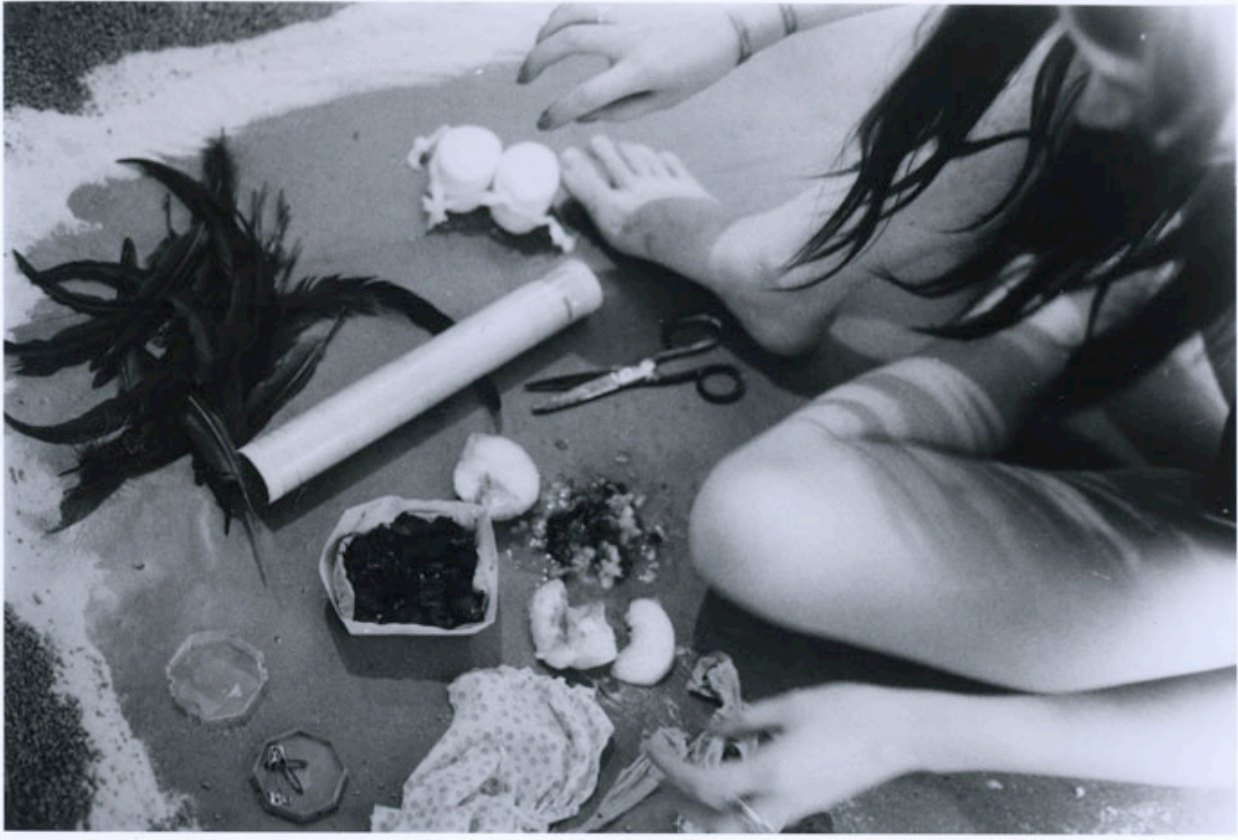
Action Jusqu’à la Balle Crystal, 9th Biennale de Paris, 1975
Cosey Fanni Tutti (b. 1951 in Kingston-up on-Hull, England) is well known as a member of the English group Throbbing Gristle, which had a significant impact on the late 1970s’ experimental music scene. Besides her musical activities, Cosey developed a unique body of work defined by her actions within the pornographic industry. The collective exhibition A Study in Scarlet takes her work as its point of departure to present a series of forms, gestures and attitudes through which other artists and performers exceed normative structures of identity and gender.
In 1976, the Institute of Contemporary Art (ICA) in London presented Prostitution, an exhibition initiated by the performance and mail art collective COUM Transmissions. Founded in 1969, COUM was markedly influenced by Dada, Beat poetry, Viennese Actionism, counterculture and occultism. Prior to the ICA exhibition, Chris Carter, Cosey Fanni Tutti, Genesis P-Orridge and Peter ‘Sleazy’ Christopherson, formed a new musical entity called Throbbing Gristle, which attained cult status as the originators of industrial electronic music.
At the ICA, it was not so much the band’s brutalist performance on the opening night that shocked the public than the licentious content of the exhibition. A series of pornographic magazines with pictures of Cosey Fanni Tutti, framed as works of art, was presented in a restricted space that could be entered upon request. Although it lasted only a few days, the exhibition sparked public anger which, kindled by the tabloids, spread from the art world to Parliament and prompted a political debate on moral order and public expenditure in art
The work of Cosey Fanni Tutti – both her corpus of pornographic magazines and her performances – is based on an emancipatory practice that transgresses institutional or social structures. When the artist worked in the porn industry as a model and actress for several years, she adopted a paradoxical self representation strategy, as she freed herself from a fixed identity, by incarnating the various female stereotypes (secretary, maid, ingenue . . .) circulated by an essentially heteronormed industry. By exhibiting herself as multiple personae (through her poses, clothes and roles), Cosey Fanni Tutti questions the public’s essentialist conception of femininity. At the same time, she reveals the archetypes and normativity of the patriarchal fantasies generated by the capitalist industry and, like a mirror, turns the desiring gaze back onto itself.
Neither a retrospective nor a historical or monographic survey, A Study in Scarlet was conceived as a nebula of works revolving around Cosey Fanni Tutti’s artistic legacy, looking at its influences (Beat Generation, Fluxus), companions (COUM Transmissions, Monte Cazazza) and contemporaries (Karen Finley), while crossing various issues or strategies also used in more recent practices: infiltrating an institution or industry (artistic, pornographic, musical), integrating the body into a production line, overturning a norm by exacerbating it or making it redundant, self-representing and self-defining one’s own identity, ‘pro-sex’ feminism, the visibility of women on radical music scenes, etc.
A Study in Scarlet is not a thematic exhibition – it is not a project on pornography. Without aiming to be exhaustive, it rather seeks to construct a reflection through practices and gestures, both historical and contemporary, that must be seen in light of the similarities and specificities of the contexts in which they emerged. As tools for emancipation and a rearranging of identities, these strategies operate at the very heart of the channels of cultural distribution, consumption and communication the better to subvert them.
A Study in Scarlet furthermore examines the relationships between the artist and the model – a recurring motif that several participants in the exhibition, such as Vaginal Davis and Christophe de Rohan Chabot, aim to deconstruct or invert. In art, the construction of the gaze is historically based on relationships of gender and domination (man/woman, artist/model, dressed/naked, hidden/exposed). Working in the porn business, Cosey Fanni Tutti consciously re-enacted these age-old patterns. By infiltrating a realm that lies beyond the traditional reaches of art, she deliberately imperilled her status as an artist. Indeed, as a model, she had to partly relinquish creative authority to the industry operators who circulated her image, starting with the photographers in charge of staging it. By attacking the traditional prerogatives of the artist, Cosey Fanni Tutti renewed the anti-hierarchical strategies developed by the historical avant-gardes, applying themto the networks of media production and distribution of the post-industrial capitalist system. Curated by Gallien Déjean
A Study in Scarlet le plateau, Paris 22 rue des Alouettes 75019 Paris www.fraciledefrance.com
About the curator
Gallien Déjean (born in 1978, lives and works in Paris) is an art critic and curator. He teaches art history and theory at the École cantonale d’art de Lausanne (ECAL) in Switzerland and at the École nationale supérieure d’arts de Paris-Cergy (ENSAPC) in France. He is a member of Treize, an organization of production, exhibition, and publication. He recently organized the first retrospective about the English art collective BANK (Self Portrait – BANK’s Archives & Relics – 1991-2003 at Treize in 2012 and at Elaine MGK, Basel in 2013). Between 2013 and 2015, he works at le Palais de Tokyo as curator. In 2013, he co-organized the collective exhibition titled Le Club des sous l’eau, based on filmmaker Jean Painlevé’s activities. As writer and editor, he published several books. In 2016, he coordinated the edition of the catalogue of UNdocumenta, a film festival organized at the Asia Culture Center-Theater in Gwangju (Corea). He is preparing a catalogue about BANK which will be published by Primary Information, NY (The Bank Fax-Bak Service).
Categories
Tags
- Amalia Ulman
- art in Paris
- Beau Geste Press
- Brice Dellsperger
- Brion Gysin
- Casey Jane Ellison
- Chris & Cosey
- Christophe de Rohan Chabot
- Cosey Fanni Tutti
- COUM Transmissions
- Ebecho Muslimova
- Gallien Déjean
- Harun Farocki
- Hendrik Hegray
- Her Noise Archive
- Jean-Louis Brau & Claude Palmer
- karen finley
- Kévin Blinderman : masternantes
- Lili Reynaud-Dewar
- Louise Sartor
- Lynda Benglis
- Meret Oppenheim
- Monte Cazazza
- Muriel & Esther
- Paris
- Pauline Boudry / Renate Lorenz
- Pedro
- Robert Morris
- Throbbing Gristle
- Vaginal Davis
